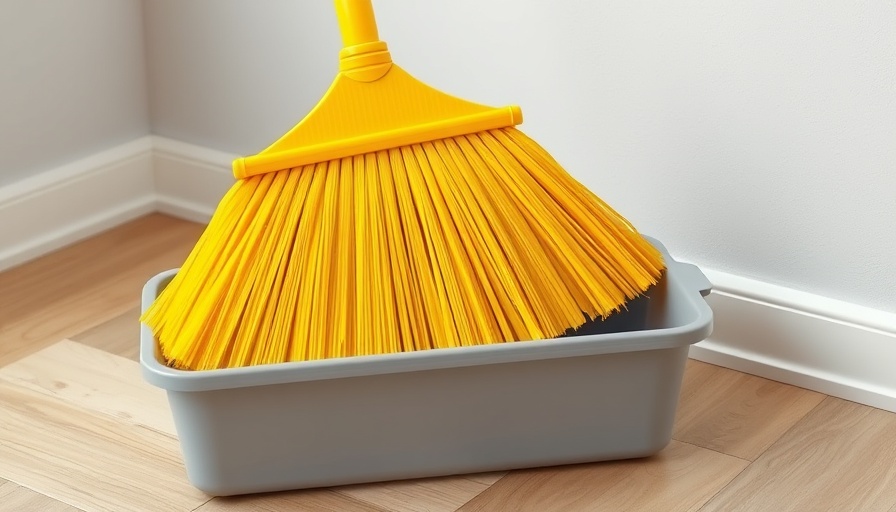
Is Trimming Your Broom a Mistake? Insights from Cleaning Experts
The trend of trimming brooms has gained momentum on TikTok, leading many to question whether it's a practical solution or simply a misguided hack. Cleaning specialists have weighed in, highlighting the benefits and drawbacks of this housecleaning trend.
The Technical Breakdown: Should You Trim Your Broom?
According to Katie Konopka, a senior product manager at O-Cedar, the overall recommendation for synthetic fiber brooms is a strong 'no' to trimming. The tips of these brooms are often 'flagged,' a process where the ends of the bristles are split. This technique enhances sweeping efficiency by creating a fuller head, helping to trap more dust and debris. Trimming these flagged ends can severely compromise the broom's performance, leading to less effective cleaning.
Conversely, expert Becky Rapinchuk, widely known as Clean Mama, offers an alternative perspective for those using natural fiber brooms. She explains that trimming can indeed be beneficial for maintaining their efficiency. Rapinchuk suggests that occasional trimming removes damaged ends and helps maintain optimal performance. A well-maintained natural fiber broom could last several years longer with minimal care.
When and How to Trim Safely
If you decide to go ahead with trimming a natural fiber broom, there are some essential guidelines to follow:
Don’t Overdo It: Only trim damaged or uneven bristles. A straight cut will help maintain an even sweeping surface, crucial for effective cleaning.
Sharp Tools Are Key: Use sharp scissors to ensure a clean cut. Dull scissors may result in ragged edges, negatively impacting broom performance.
Maintain Hygiene: After trimming, be sure to rinse off any debris. Allow the broom to dry completely before using it again, preventing any mold or foul odors.
Proper Storage Techniques to Extend Broom Life
Storage is just as vital as maintenance when it comes to keeping your broom in top shape. Konopka advises against storing brooms in a way that flexes or bends the bristles. Hanging the broom by its handle or storing it upside down can help maintain its structure and prolong its lifespan. Additionally, a periodic cleansing routine involving combing out tangled debris and washing with mild soap can help keep your broom fresh and effective.
Debunking Myths About Cleaning Hacks
While social media platforms like TikTok are rife with cleaning hacks, many may not be grounded in expert advice. The trend of trimming your broom serves as an example of how easily misinformation can spread. Experts consistently recommend doing thorough research before trying such tricks, as they can either enhance your cleaning routine or detract from it.
Embracing Technology in Home Care
As we look toward the future, smart-cleaning devices are emerging as effective tools that could potentially replace some of the manual cleaning methods we rely on today, including brooms. Innovations in smart vacuums and robotic cleaning devices are set to change how we maintain cleanliness in our homes, offering efficiency and convenience without the need for trimming or cumbersome cleaning practices.
Conclusion: Assessing the Impact of Broom Maintenance
In conclusion, the practice of trimming brooms should be approached with caution. While natural fiber brooms can benefit from occasional trimming, synthetic ones are best left untouched. Proper maintenance and storage are essential for extending the lifespan of both types. As we continue to embrace technological advancements in cleaning, understanding traditional methods remains crucial for effective home management.
 Add Row
Add Row  Add
Add 




Write A Comment